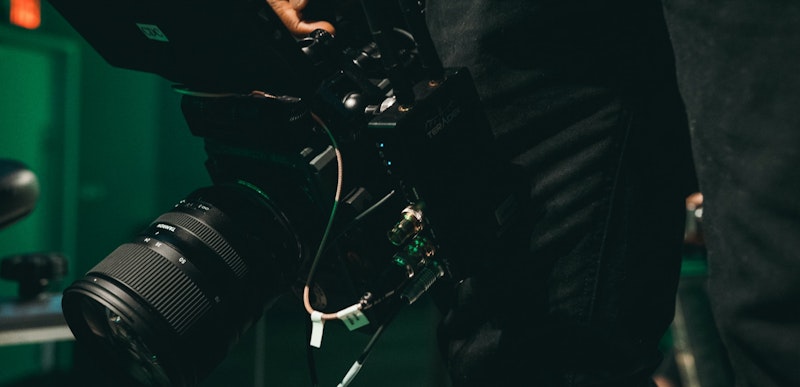Filmmaking can be a messy business. Shooting schedules, scripts, and crews are frequently changed, and plans need to be revisited regularly. Often, it can feel like you’re in choppy waters, with no dry land in sight. Fortunately, there’s one part of filmmaking that’s steady, straightforward, and methodical no matter what, and that’s the video editing process.
Editing is the perfect calm after the on-set storm and often lets you make up for lost time from filming delays. That’s assuming you do it the right way, though! If you follow the 5-step rule for video editing, you’ll soon have your project in the bag. Below, Motion Array will show you how to do it.
Summary
Stage 1: Logging
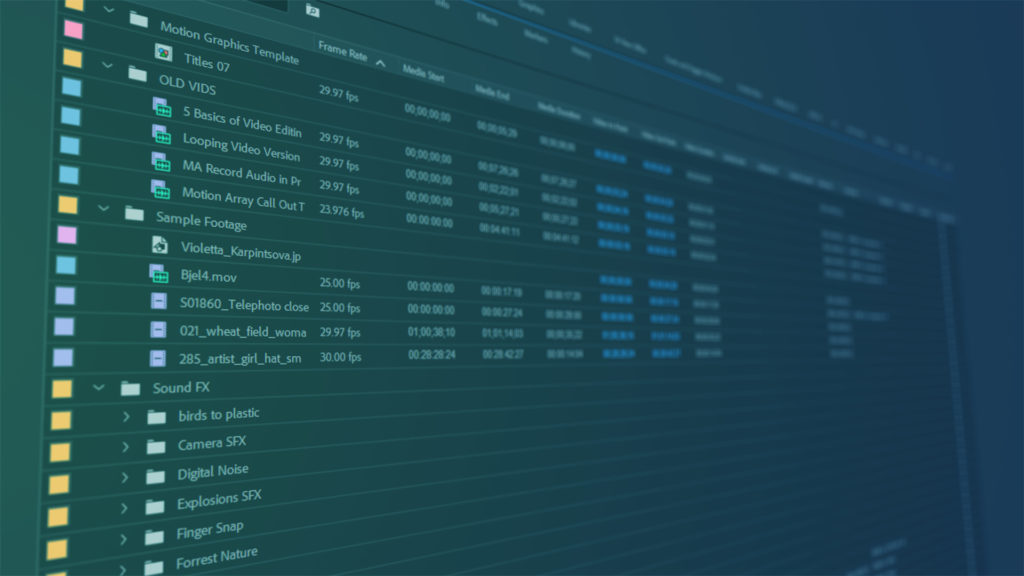
The first thing you’re going to do is log your footage. You’ll sort through your source video material, cut out all the usable clips, group them into bins, and then label those bins accordingly. That way, when you’re searching for a specific take from a particular scene later, you can save yourself the hassle of wading through hours upon hours of footage. It’ll be right at your fingertips, instead.
While it may seem tedious, logging is the first opportunity in the video production process that you’ll have to see how well your footage presents on screen. It’s an exciting moment that might leave you feeling anything from exhilaration to panic. If, for whatever reason, a film’s footage isn’t looking great or there’s a key piece missing, the director will likely order a re-shoot — an inconvenience, yes, but not a major one. It happens even on the largest movie sets, like in the Marvel Cinematic Universe.
On most large-scale productions, logging takes place alongside the filming, so if something isn’t right, the editors can give the director a warning almost immediately. The director can then arrange a do-over while the actors and set are still in place. If you’re working with a bare-bones team or doubling as director and editor, this tight-ship feedback loop won’t be possible. Your logging will likely take place days, if not weeks, after a shoot. It’s not ideal, but hey, nothing in budget filmmaking ever is!
Pro Tip: If you don’t trust yourself to log footage manually during the video production process, you can always use software like Kyno to help you keep everything in order.
Stage 2: First assembly
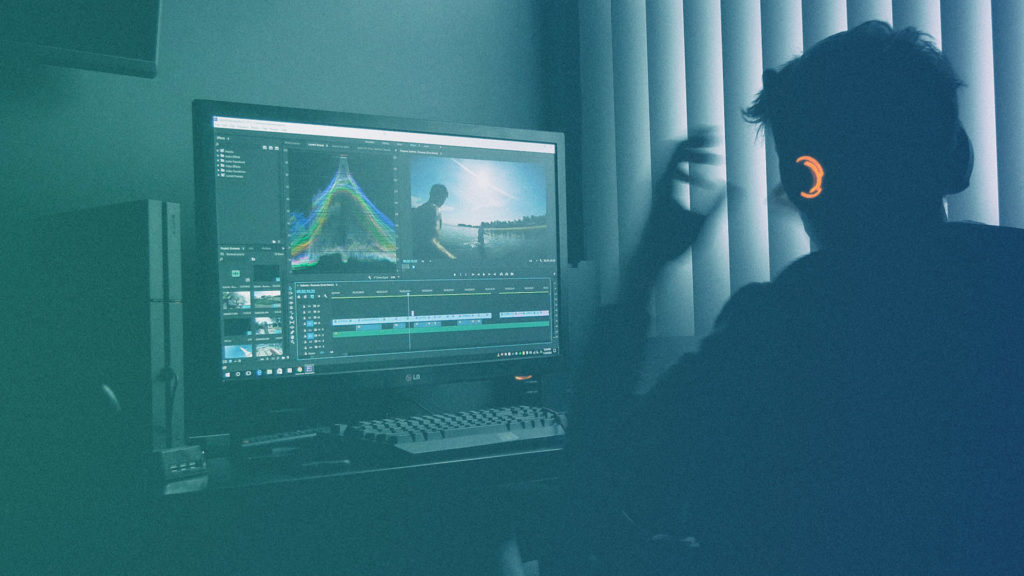
In the first assembly, you’ll take all that meticulously logged footage and arrange it into a timeline consistent with the film’s storyboard. This can be quite a task for feature-length films, so to make it more manageable, editors will often break up the process by organizing each scene as a standalone before sequencing everything together.
While logging gives you your first look at your film’s footage, the first assembly gives you the first hint of your movie laid out in a linear, structured format — albeit an extremely long one! To keep your options open until the next stage of the video editing process, you’ll want to slot multiple versions of the same take in your timeline. This will result in a first assembly cut somewhere near 2-3 times the duration of your eventual finished video.
This is just what you need at this stage of video editing. In the next step, you’ll be pulling out the editing scissors and attacking that jam-packed timeline. So, before you begin, save your first assembly in all its messy glory. If you happen to make any dramatic mistakes in the next steps of the video editing process, you’ll be able to come back to square one — your first assembly.
Stage 3: Rough cut
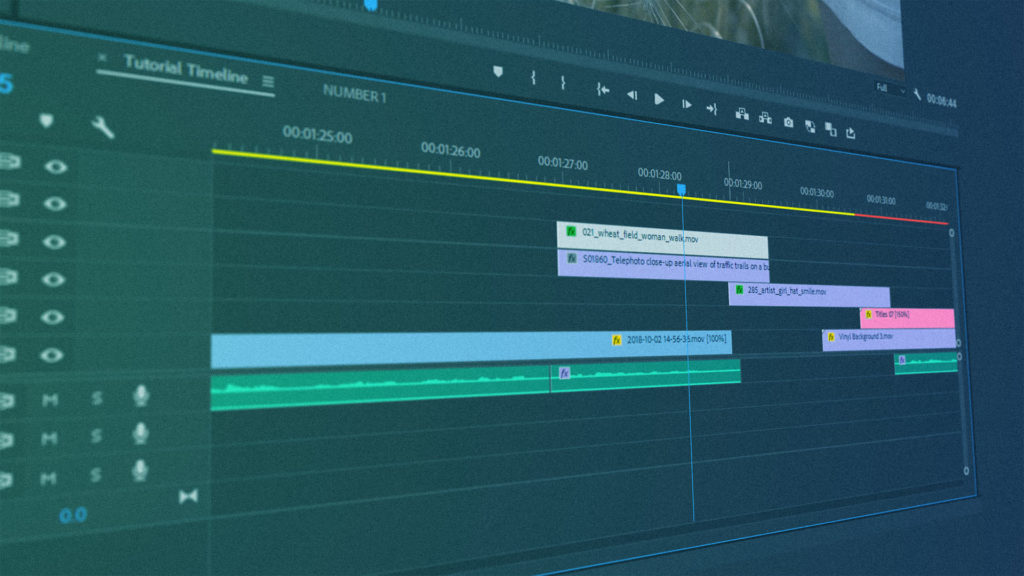
Now it’s time to wake up and switch on your brilliant movie-making mind. So far, you’ve followed basic techniques and simple first steps in the video production process. From here on out, you’ll need to make some pretty tough decisions, and nowhere will they be tougher than during the rough cut.
You’ll trim that super-long first assembly with the rough cut to one neat, tidy first draft. This means going through all of the different versions of each take and picking out the best one to keep. Think of your annual Facebook friends cull, only harder and even more picky.
In the rough cut, you’ll focus on the film’s structure and pacing, adding pauses, transitions, titles, dummy narration, and anything else that will help capture and convey the story’s emotions and messages. If you’re working under a director, they’ll peer over your shoulder and weigh in heavily during this part. If you’re working solo, then the creative license is all yours.
Once you’re done with your rough cut, you’ll show it to your client or director and hope they say, “Love it!” as this will mean no more structural changes need to be made .You’re on the homeward stretch of the video editing process.
Stage 4: Fine cut
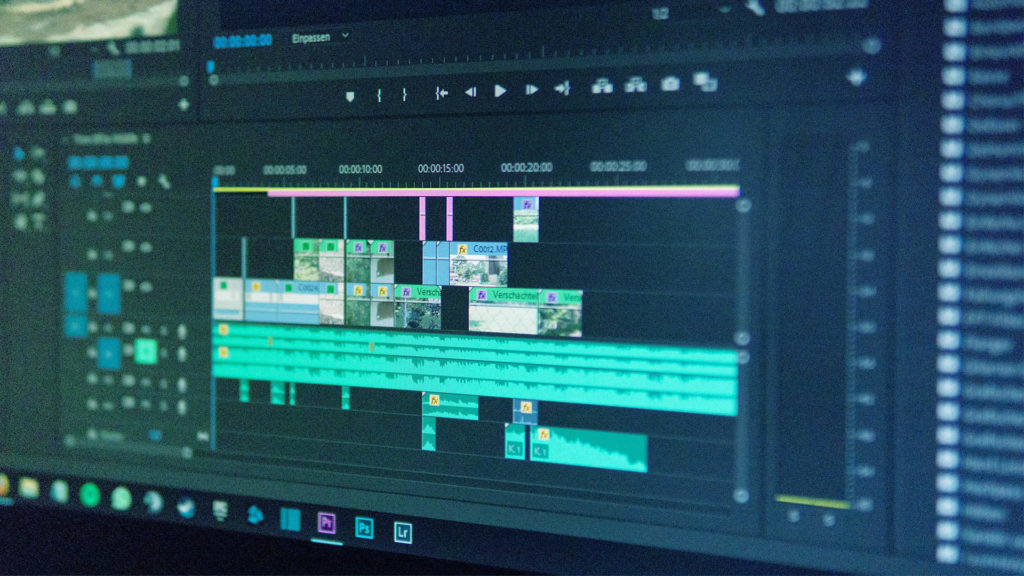
Where the rough cut focuses on refining the overall film, the fine cut focuses on fixing each frame individually. You may want to get your microscopic goggles out! Seriously though, you’ll need to pay close attention to every cut. They should flow effortlessly from one to the other, building tension and selling the story. If there are any blemishes, the fine cut is your last chance in the 5 stages of video editing to catch them.
This is because after the fine cut in the video editing process, the film receives what’s called a ‘picture lock.’ This means it’s ready to be shipped off to other departments for finishing touches (color corrections, special effects, etc.) and no more changes to the timeline or TRT (total running time) can be made. In major productions, any changes after this point will cost a lot of money and time. While smaller productions are more forgiving, you still don’t want to reset and start again once the fancy tricks come out to play.
If you’re in charge or working on your own and are willing to spend the extra time needed, you can break the age-old ‘picture lock’ rule and make as many changes as you want. But if you’re working with a production studio or team, you should know that this is the point of no return in the video production process.
Stage 5: Final cut
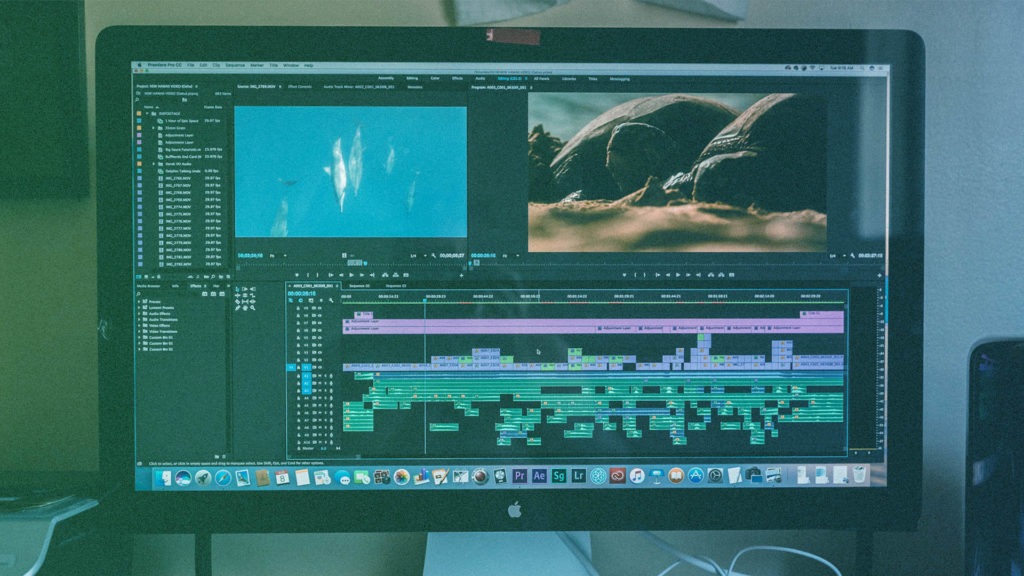
If you’re working on a major production, you can expect to have very little to do with the final cut. This is where you, as the editor, step back and let the color-grading, audio-mixing, special-effects, and closed-captioning experts step in and take the film from meh to magic!
If you’re working solo, this final stage will look very different. Instead of relaxing and watching others work hard on the next stages of video editing, you’ll be searching the internet for royalty-free music, motion graphics, sound effects, and anything else you can find to jazz up your movie. This part can be stressful and tedious, with so many websites offering different products and cool effects. You may not even know how to use stock footage and other helpful tools. To alleviate some of the burden, you’ll want to find one marketplace offering all the goods so you aren’t jumping from site to site for hours.
The Motion Array library offers more than 70,000 files ranging from motion graphics templates to royalty-free music to stock video footage. Through our membership packages, you’ll get access to the full gamut of our library, plus our cloud-based video review system, video portfolio builder, and vast range of plugins for all popular video editing software. Those interested but unsure are welcome to try Motion Array’s free plan.
Whether you’re a one-man editing show working on your own passion project or part of a massive post-production team churning out movies for high-profile clients, this 5-stage video editing formula will always apply. It’s a tried and tested video editing process that makes intuitive sense, ensures you work methodically, and avoids costly and time-consuming mistakes.
While you’re free to work in any way that makes sense to you, sticking to the trusted route is always the best idea. It’ll save you time and spare you headaches during the delicate video editing process. So why not power up your edits today and embrace the pros’ strategy?





















